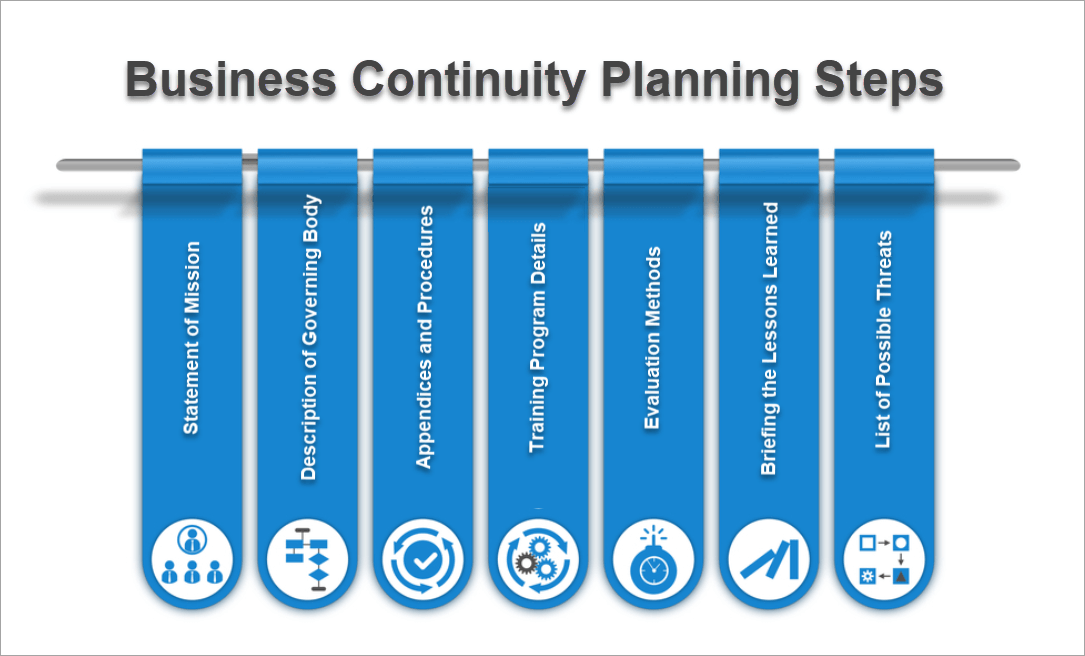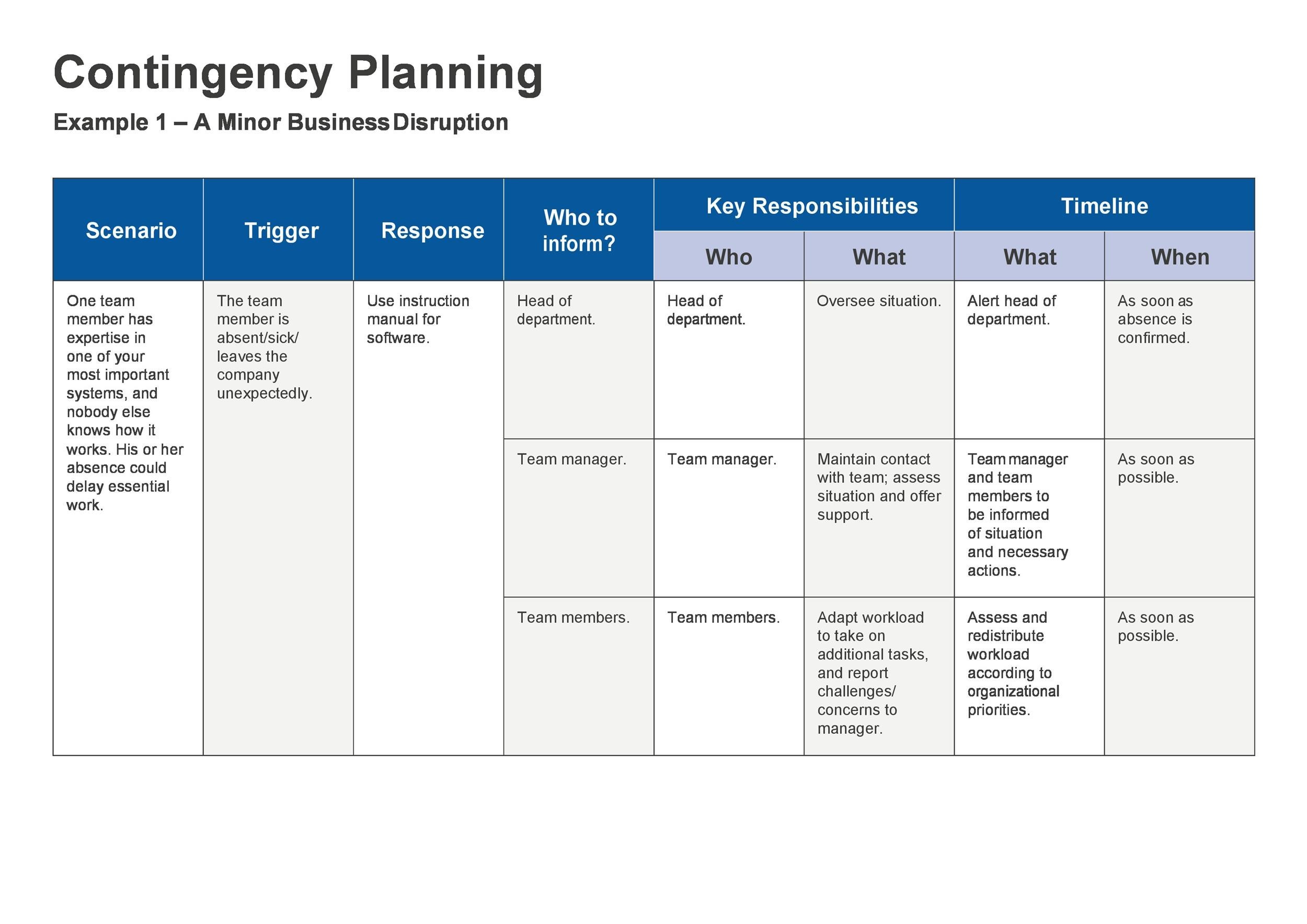How to Create a Business Continuity Plan: Your Roadmap to Resilience

In the unpredictable world of business, disruptions are inevitable. From natural disasters to cyber attacks, any crisis can bring your operations to a grinding halt. But what if you had a plan that could keep your business running, no matter what? Enter the business continuity plan (BCP)—your secret weapon for business resilience. Let's dive in and explore how to create a robust BCP that ensures operational continuity and keeps your business thriving, even in the face of adversity.
Understanding Business Continuity Planning
A business continuity plan is a strategic document that outlines how your organization will maintain or quickly resume business operations during and after a disruption. It's your safety net, your contingency plan, and your crisis management blueprint all rolled into one. But why is it so crucial?
Imagine your business is a ship sailing in open waters. A storm hits, and without a plan, you're left to navigate the chaos blindly. With a BCP, however, you have a map and a compass. You know exactly what to do, who to contact, and how to steer your ship back to safety. That's the power of a business continuity plan.
Steps to Create a Business Continuity Plan
Step 1: Business Impact Analysis (BIA)
Before you can create a plan, you need to understand the potential impacts of disruptions on your business. A business impact analysis (BIA) helps you identify critical functions, dependencies, and the resources needed to maintain operational continuity.
Start by asking yourself:
- What are the most critical functions of my business?
- What resources do these functions depend on?
- How long can my business survive without these functions?

Step 2: Identify Potential Threats
From natural disasters to cyber attacks, the threats to your business are numerous. Identify the most likely and impactful threats to your organization. Consider factors like geographic location, industry, and technological dependencies.
Step 3: Develop Strategies for Continuity
Once you've identified your critical functions and potential threats, it's time to develop strategies to maintain operational continuity. This could include:
- Backup power solutions for power outages.
- Data backup and recovery plans for cyber attacks.
- Alternate work locations for physical disruptions.
Step 4: Plan Development
With your strategies in place, it's time to develop your BCP. Your plan should include:
- A clear chain of command and contact information.
- Detailed procedures for each critical function.
- A communication plan to keep stakeholders informed.
- A recovery plan to restore normal operations.
Step 5: Training and Awareness
A plan is only as good as the people who execute it. Ensure your employees are trained and aware of their roles in the BCP. Regular training sessions and drills can help keep your team prepared and your plan up-to-date.
Step 6: Testing and Maintenance
Your BCP should be a living document, regularly tested and updated to reflect changes in your business and the threat landscape. Conduct regular tests and exercises to identify gaps and areas for improvement.
The Role of Disaster Preparedness in Business Continuity
Disaster preparedness is a critical component of business continuity. It involves proactive measures to mitigate the impact of disasters and ensure a quick recovery. This could include:
- Installing backup generators.
- Implementing robust cybersecurity measures.
- Stockpiling essential supplies.
By investing in disaster preparedness, you can enhance your business resilience and minimize the impact of disruptions.
Crisis Management: The Human Factor
In any crisis, the human factor is crucial. Your employees are your most valuable asset, and their safety and well-being should be a top priority. Ensure your BCP includes plans for:
- Evacuation procedures.
- Employee communication and support.
- Post-crisis counseling and assistance.
Leveraging Technology for Operational Continuity
Technology can be a powerful ally in ensuring operational continuity. Consider leveraging tools like:
- Cloud-based data storage for backup and recovery.
- Collaboration tools for remote work.
- Automated alert systems for quick communication.

Conclusion: Your Path to Business Resilience
Creating a business continuity plan is not just about preparing for the worst; it's about ensuring the best for your business. It's about building resilience, fostering confidence, and safeguarding your future. By following the steps outlined above, you can create a robust BCP that keeps your business running, no matter what challenges come your way.
Remember, a business continuity plan is not a one-size-fits-all solution. It's a tailored strategy that reflects the unique needs and risks of your business. So, take the time to understand your business, identify your risks, and develop a plan that works for you.
FAQs
What is the difference between a business continuity plan and a disaster recovery plan?
- A business continuity plan is a comprehensive strategy that focuses on maintaining or quickly resuming business operations during and after a disruption. A disaster recovery plan is a subset of the BCP that focuses specifically on the recovery of IT systems and data.
How often should I test my business continuity plan?
- It's recommended to test your BCP at least annually. However, the frequency can vary depending on your industry, the nature of your business, and the risk landscape.
What is the role of senior management in business continuity planning?
- Senior management plays a crucial role in business continuity planning. They provide leadership, allocate resources, and ensure that the plan aligns with the organization's overall strategy and objectives.
How can I ensure my employees are prepared for a crisis?
- Regular training, drills, and awareness campaigns can help ensure your employees are prepared for a crisis. It's also important to involve employees in the planning process to leverage their knowledge and expertise.
What should I do if my business continuity plan fails during a crisis?
- If your BCP fails during a crisis, it's important to stay calm and adaptable. Focus on the safety of your employees, communicate openly with stakeholders, and document lessons learned to improve your plan for the future.
By creating a business continuity plan, you're not just preparing for the unexpected; you're investing in the future of your business. So, start your journey towards business resilience today. Your business, your employees, and your stakeholders will thank you.
Belum ada Komentar untuk "How to Create a Business Continuity Plan: Your Roadmap to Resilience"
Posting Komentar